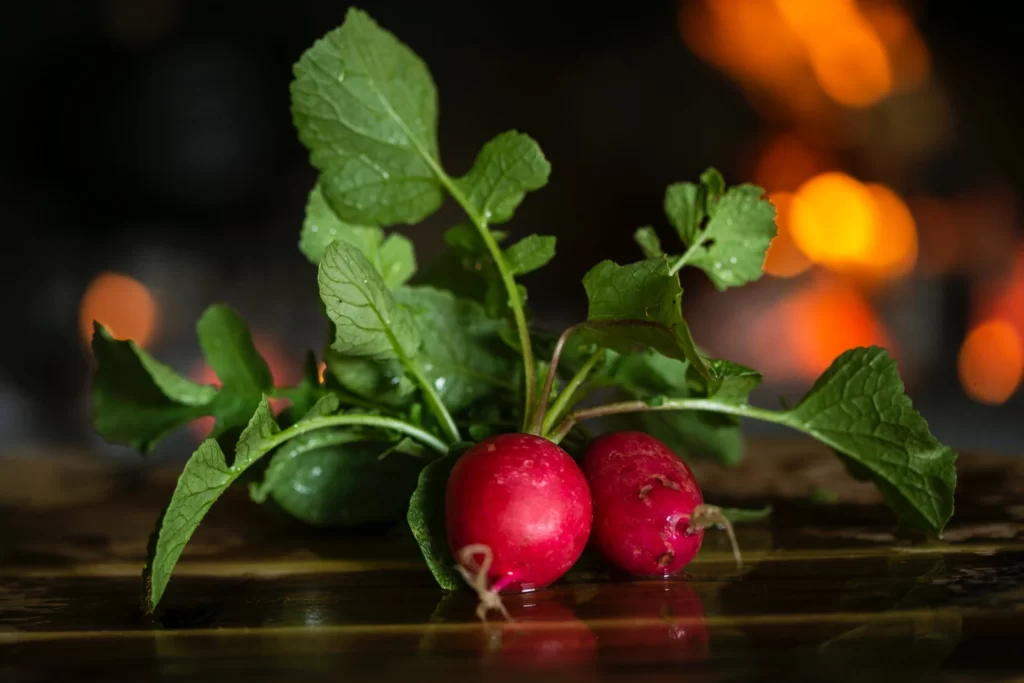Growing radish indoors is an excellent way to enjoy fresh, homegrown produce year-round. Whether you live in a small apartment or have limited outdoor space, growing radishes indoors is an easy and rewarding gardening activity that anyone can do.
Radishes are a root vegetable that can be grown in a variety of colours, shapes, and sizes. They are a popular choice for indoor gardening because they grow quickly and are easy to care for. Plus, they are delicious and can be used in a variety of dishes, from salads to sandwiches to stir-fries.
In this article, we will discuss the benefits of growing radishes indoors, the steps involved in growing them, and some tips and tricks to ensure a successful harvest.
Table of Contents
Benefits of Growing Radish Indoors
Growing radishes indoors has several advantages over traditional outdoor gardening. One of the most significant benefits is the ability to grow them year-round, regardless of the season or climate. This is especially important for people who live in areas with long, harsh winters, where outdoor gardening is not possible.
Indoor gardening also allows you to control the growing conditions, including temperature, humidity, and lighting. This means that you can create the ideal environment for your radishes to thrive, resulting in healthier and more robust plants.
Another advantage of indoor gardening is that it can save you money on groceries. Radishes are a low-cost vegetable that can be expensive to buy in the supermarket. By growing them at home, you can save money and enjoy the satisfaction of growing your own food.
Steps for Growing Radish Indoors
Now that you know the benefits of growing radishes indoors, let’s discuss the steps involved in the process.
Choose the Right Container
The first step in growing radishes indoors is to choose the right container. Radishes can be grown in a variety of containers, including pots, containers, and even plastic bags. When choosing a container, make sure it has drainage holes to prevent water from accumulating at the bottom, which can lead to root rot. The container should also be deep enough to accommodate the radish’s root system.
Prepare the Soil
Once you have chosen a container, it’s time to prepare the soil. Radishes prefer well-draining soil that is rich in organic matter. You can either use a pre-made potting mix or create your own by combining equal parts of peat moss, perlite, and vermiculite.
Plant the Seeds
After preparing the soil, it’s time to plant the radish seeds. Radish seeds are small and can be sown directly into the soil. Make sure to space them out evenly and cover them with a thin layer of soil. Radishes prefer cool temperatures, so it’s best to keep them in a cool area until they germinate.
Provide Adequate Lighting
Radishes require adequate lighting to grow. If you don’t have access to natural light, you can use grow lights to provide the necessary light. Make sure to keep the lights on for at least 12 hours per day.
Water Regularly
Radishes need to be watered regularly to keep the soil moist but not waterlogged. Overwatering can lead to root rot, so it’s essential to let the soil dry out slightly between watering sessions. You can check the soil’s moisture level by sticking your finger in the soil. If it feels dry to the touch, it’s time to water.
Fertilise as Needed
Radishes do not require a lot of fertiliser, but they can benefit from a light application of a balanced fertilser once a month. Make sure to follow the manufacturer’s instructions and avoid overfertilising, which can lead to stunted growth.
Harvest and Enjoy
Radishes can be harvested in as little as three to four weeks after planting. You can check if they are ready by gently pulling on the leaves. If the radish comes out of the soil easily, it is ready to be harvested. You can either pull the entire plant out of the soil or use a small knife or scissors to cut off the radish at the soil level. After harvesting, wash the radishes and enjoy them raw or cooked in your favourite dishes. Radishes can be stored in the refrigerator for up to a week, but they are best enjoyed fresh.
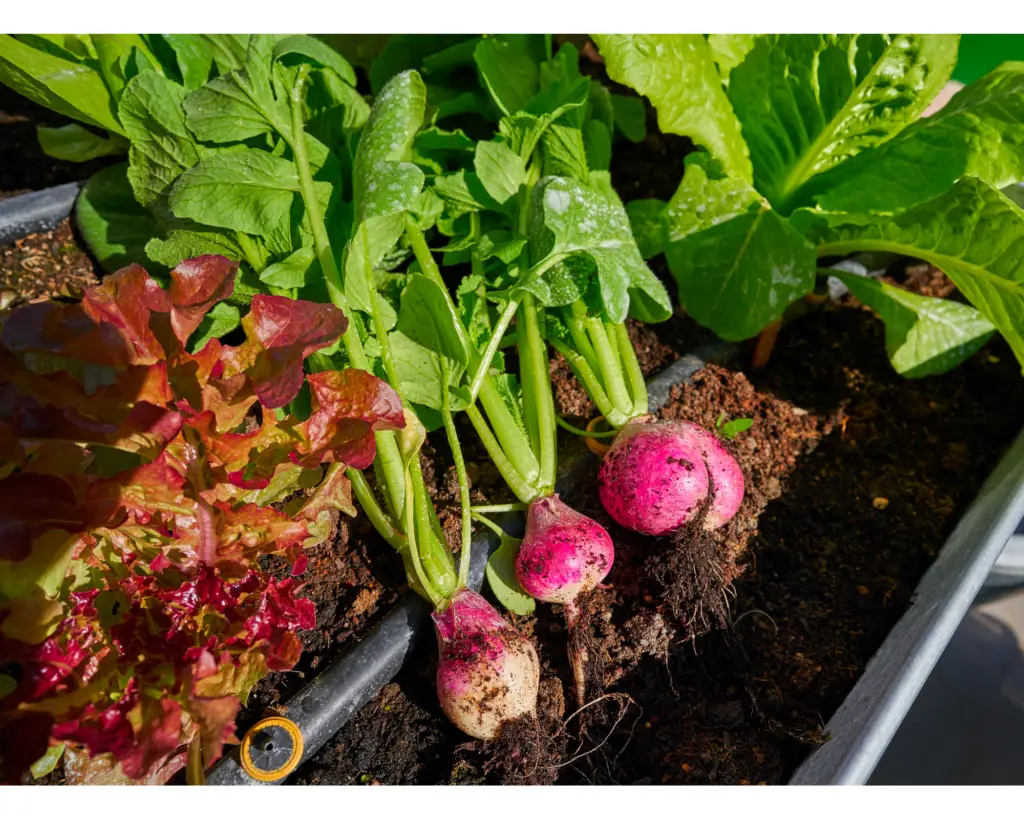
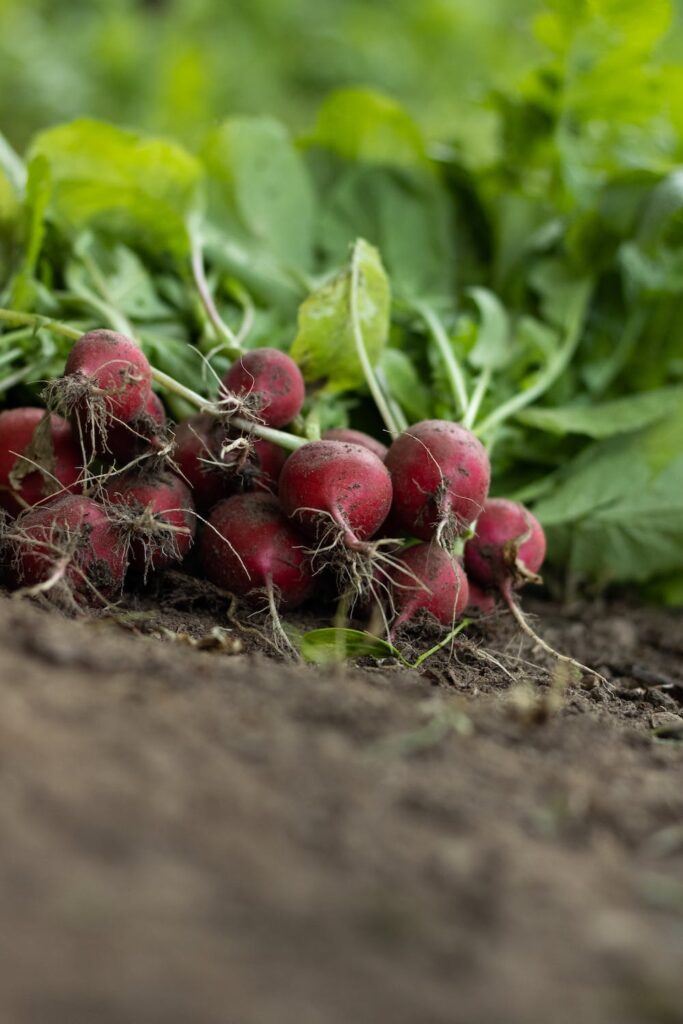
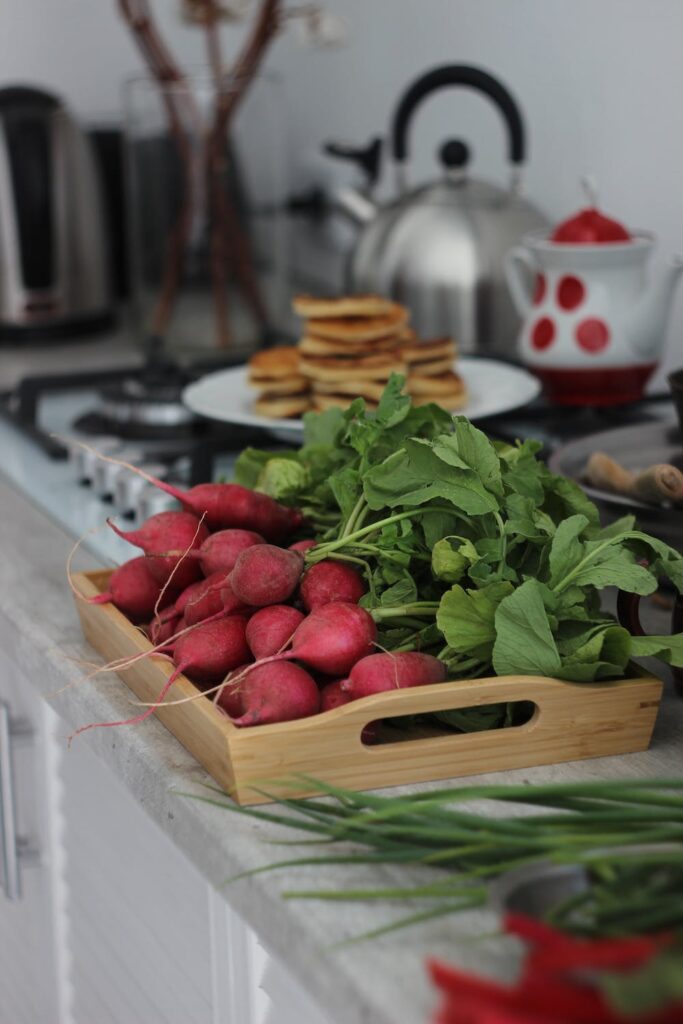
Tips and Tricks for Growing Radish Indoors
- Choose the right radish variety. There are many different varieties of radishes, each with its unique flavor and growing requirements. Some varieties are better suited for indoor gardening than others. Choose a variety that is known for its quick growth and adaptability to indoor growing conditions.
- Use high-quality soil. The soil you use can have a significant impact on the success of your radish plants. Use a high-quality potting mix that is rich in organic matter and has excellent drainage.
- Keep the soil moist. Radishes require consistent moisture to grow, so make sure to water them regularly. However, avoid overwatering, as this can lead to root rot.
- Provide adequate lighting. Radishes require at least 12 hours of light per day to grow. If you don’t have access to natural light, use grow lights to provide the necessary lighting.
- Control the temperature. Radishes prefer cooler temperatures, around 60 to 65 degrees Fahrenheit (15-18 degrees Celsius). Keep the container in a cool area of your home or use a fan to circulate air and prevent overheating.
- Thin out the seedlings. Once the radish seeds have germinated, thin out the seedlings to prevent overcrowding. Overcrowding can lead to stunted growth and poor-quality radishes.
- Use a trellis or support. Some varieties of radishes, such as long white radishes, can grow quite tall. Use a trellis or support to prevent the plants from falling over and breaking.
Common Pests and Diseases affecting Radishes
Like any plant, radishes can be vulnerable to pests and diseases. When growing radishes indoors, it is important to keep an eye out for common problems so that you can address them promptly and effectively.
Pests
- Flea Beetles: These small black or brown beetles can cause significant damage to radish plants. They chew small holes in the leaves, which can weaken the plant and make it more susceptible to disease. Flea beetles can be controlled with neem oil or insecticidal soap.
- Aphids: These tiny insects feed on the sap of the plant, which can cause the leaves to curl and become distorted. They can be controlled with insecticidal soap or neem oil.
- Root Maggots: These maggots feed on the roots of radish plants, which can cause stunted growth and poor-quality radishes. To prevent root maggots, cover the soil with a layer of sand or diatomaceous earth.
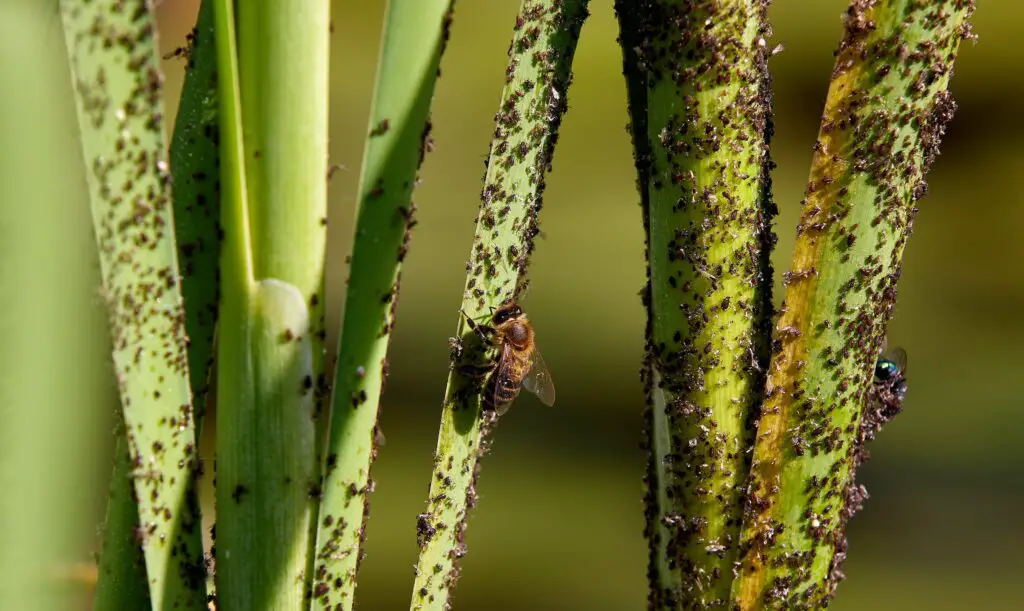
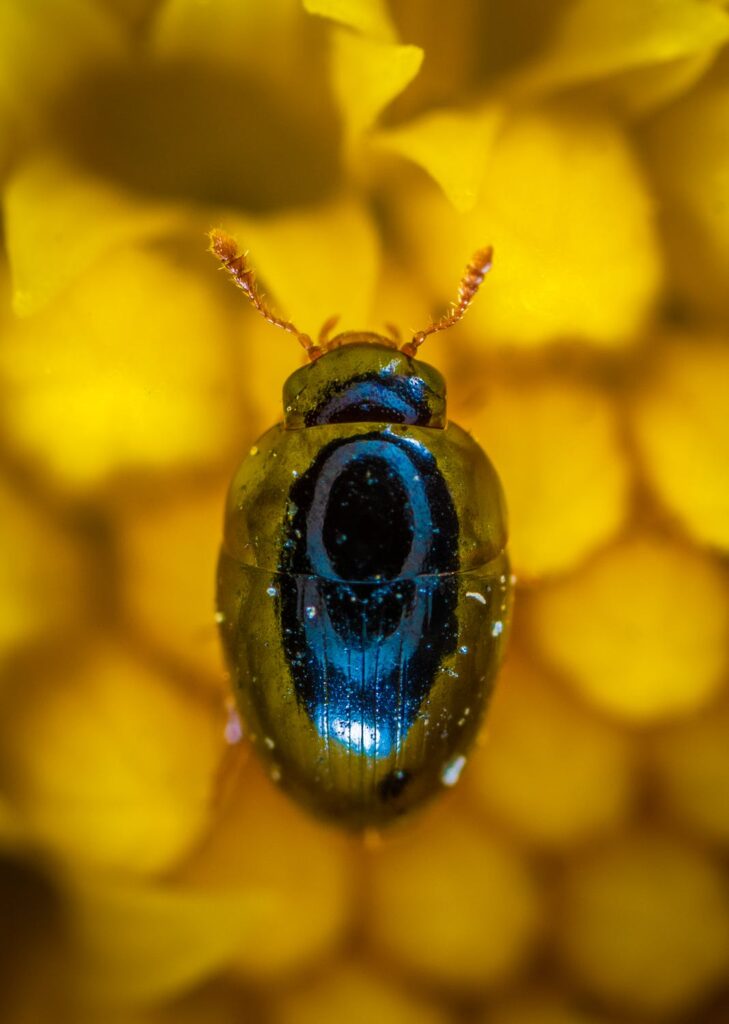
Diseases
- Clubroot: This fungal disease can cause the roots of radish plants to become swollen and misshapen. The leaves may turn yellow and wilt, and the plant may eventually die. Clubroot can be prevented by using sterilised soil and avoiding overwatering.
- Powdery Mildew: This fungal disease can cause a white powdery substance to appear on the leaves of the plant. It can be controlled with a fungicide spray or by improving air circulation around the plant.
- Downy Mildew: This fungal disease can cause yellowing of the leaves and a grayish-white coating on the undersides of the leaves. It can be controlled with a fungicide spray or by improving air circulation.
Prevention is key when it comes to pests and diseases. To prevent these problems, make sure to use high-quality soil, provide adequate air circulation, and avoid overwatering. Keep an eye on your radish plants and take action as soon as you notice any signs of trouble. With proper care, you can grow healthy and delicious radishes indoors without having to worry about pests and diseases.
Conclusion
Growing radishes indoors is an easy and rewarding gardening activity that anyone can do. With the right container, soil, lighting, and care, you can enjoy fresh, homegrown radishes year-round. Not only is indoor gardening a fun hobby, but it can also save you money on groceries and provide you with the satisfaction of growing your own food. So why not give it a try and start growing radishes indoors today?

